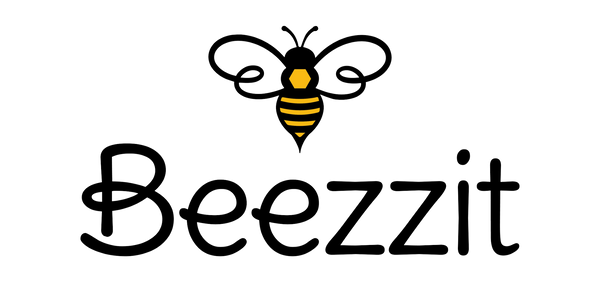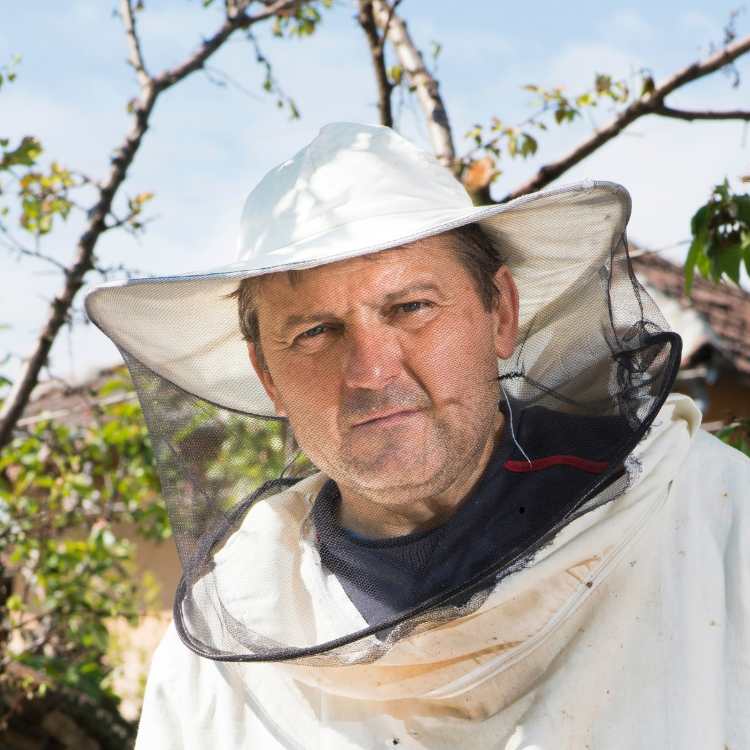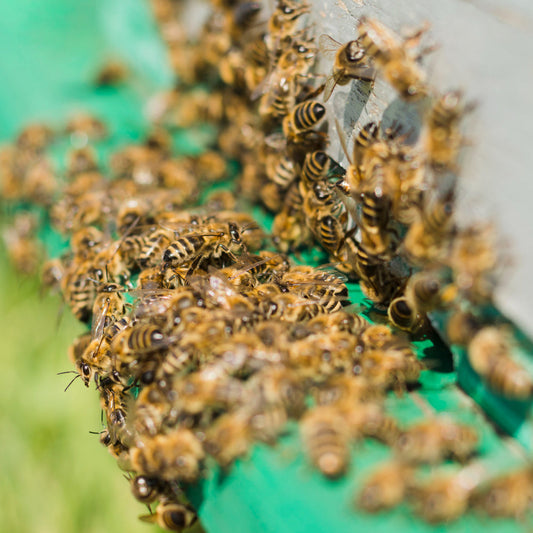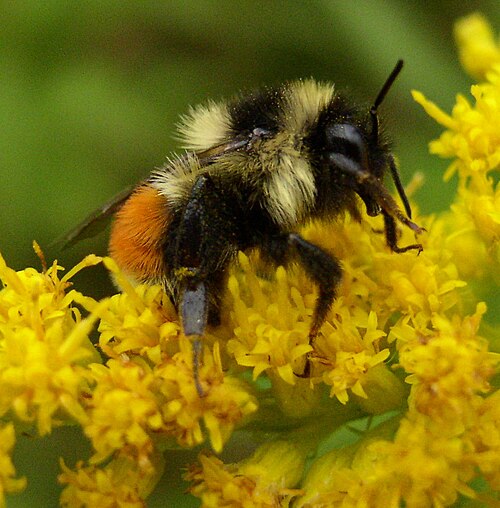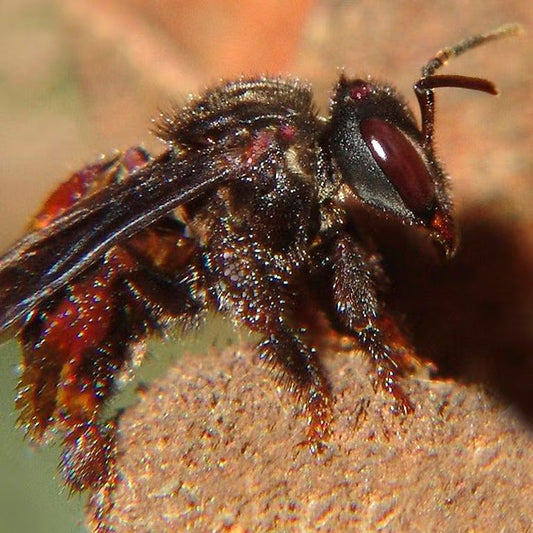I have been a beekeeper for some time now, and I can vouch that these are some very interesting creatures to work with. I can tell you this: bees are not just your average honey producers. When you look closely, you know that they are precision engineers of the natural world. Their entire biology, behavior, and impact on agriculture make them one of the most studied insects on Earth.
Today, I will share 10 detailed facts about bees that reveal why they are indispensable to our ecosystems and to us.
Bees can recognize faces
One of the most overlooked facts about bees is their ability to identify human faces. Using their compound eyes, bees are able to piece together patterns such as eyes, noses, and mouths. Controlled experiments show that they can remember and distinguish individuals. This is a survival trick that helps them recognize predators and safe caretakers alike.
Top flight speed: 15 mph
Another technical detail on the list of facts about bees is their speed. Worker bees are able to hit 15 miles per hour in flight. For an insect with a body length of just over a centimeter, that is what you call extreme efficiency. This velocity is what allows them to scout wide foraging ranges and still return home with enough reserves to maintain productivity.
Colony size reaches industrial scale
A strong colony can have over 60,000 workers. That is a workforce larger than most small towns. Each bee in the colony has a defined role. Guards, nurses, foragers, undertakers. Plenty of roles to fulfill. This organized division of labor is one of the core facts about bees that explains their evolutionary success.

In-built GPS system
Bees don’t just fly blindly. When a forager locates nectar, she returns to the hive and performs the waggle dance. The angle of her body relative to the sun encodes direction, and the duration of the waggle encodes distance. This method is so accurate that other foragers can pinpoint the food source within a few meters.
Vision that goes beyond human limits
How do bees see? Bees have two compound eyes along with three simple eyes. Together, these five eyes are able to give bees a very broad field of vision and sensitivity towards ultraviolet light. Many flowers display UV nectar guides, which are invisible to the human eye. But for the bees? These are more of a landing strip for them. Their ability to see beyond human perception is a key fact about bees that ensures efficient pollination.
Pheremones to communicate
The waggle dance is not the only tool for communication. The bees also rely on pheromones. These are chemical signals that can direct the hive’s behavior.
- Alarm pheremones rally guards.
- Nasonov pheromone helps orient lost workers.
- The queen’s pheremones regulate reproduction.
Honeybees are unique food producers
Of all insects, only honeybees create food consumed by humans. Apart from honey, they also produce beeswax, bee bread, royal jelly, and propolis. Each has industrial, medical, or nutritional value. This uniqueness is one of the most practical facts about bees, showing their economic as well as ecological importance.

Honey
Wing power creates the buzz
Most people recognize the sound of buzzing bees. But how do bees produce the buzzing noise? Believe it or not, the sound of bees is caused by their beating wings. About 11,000 times a minute. Not only do the bees make the sound of buzzing, but the rapid movement also helps to ventilate the hive for internal temperature control.
Honey as an ancient medicine
Did you know that honey never spoils? It is because honey has very low moisture content and is naturally acidic. Archaeologists have found edible honey in Egyptian tombs dating back thousands of years.
Modern medicine, too, confirms this. Honey’s antimicrobial qualities make it super useful for treating burns and wounds. The medicinal application remains one of the oldest and most respected facts about bees.
The role in agriculture
This is perhaps the most vital of all facts about bees. Bees have an indispensable role in agriculture. Roughly, one-third of our food supply directly depends on insect pollination, with honeybees carrying the bulk of that work. Crops like almonds, cucumbers, apples, and more all rely on bee activity. Remove the bees, and the global agriculture collapses.

Bee pollinating
My final thought on bees
Every one of these facts about bees underscores their complexity, precision, and importance. As a beekeeper, I see directly how their small bodies fuel huge systems like food production, biodiversity, and even medicine. You should learn to respect them, protect them and learn from them. The more we know about bees, the more we know about the health of our own planet.
For more such fun insight and trivia from the world of bees, consider following my full blog here.
